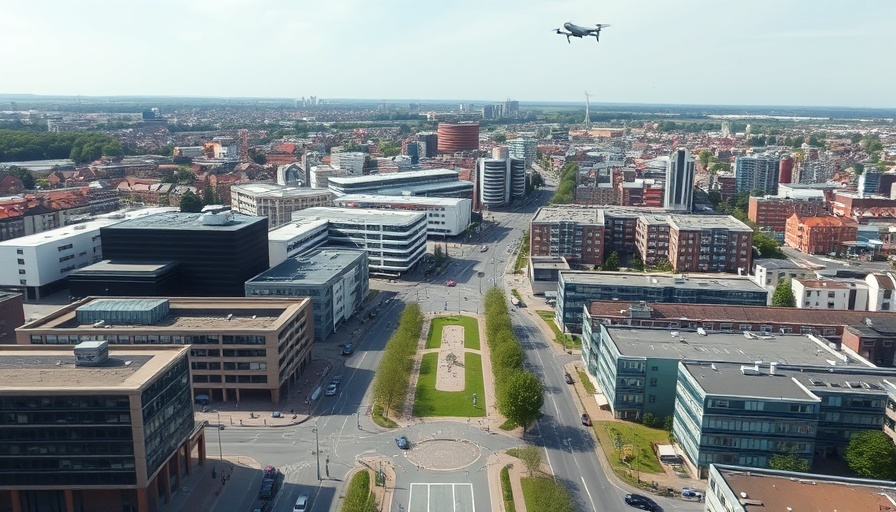
The Shift to Employee Ownership: A Growing Trend in Construction
The recent sale of Galldris to its employees marks a significant milestone in the construction industry, as more companies are opting for Employee Ownership Trusts (EOTs). This approach not only secures the future of the business but also enhances employee engagement, ensuring that every team member has a stake in the company’s success.
Understanding Employee Ownership Trusts (EOTs)
EOTs allow employees to acquire shares in the company, fostering a culture of ownership and collaboration. Unlike traditional models, where ownership resides with a few, EOTs promote a collective responsibility among all employees, effectively aligning the interests of the workforce with those of the company. In the case of Galldris, this transition to employee ownership is projected to drive sustainable growth and adaptability in an ever-evolving industry.
Implications for Galldris’ Future
The founders of Galldris, Donal Gallagher and Sean O'Driscoll, emphasized that despite the transition, it’s business as usual for clients and stakeholders. The firm’s reported pre-tax profit of £21 million on revenues of £125 million illustrates its current health and potential for growth, reinforcing confidence in the employee-driven model. This move signals a proactive strategy, positioning Galldris not just for today’s markets, but also for future challenges and opportunities.
Industry Benefits of Employee Ownership
Beyond just Galldris, the rise of EOTs in the construction sector provides several benefits. Companies that implement this model often see increased loyalty and motivation among employees, as they directly contribute to profits and decision-making processes. This could lead to lower turnover rates and enhanced productivity, vital factors in an industry facing labor shortages and competitiveness.
Lessons from Other Successful EOTs
Galldris is not an isolated case; several firms in different industries have successfully adopted EOTs. Notable examples include employees at John Lewis and Riverford Organic Farmers, both of which have thrived under this model, showcasing higher employee satisfaction and robust financial performance. By sharing the responsibility and benefits of ownership, these companies have fostered cultures of teamwork and innovation.
Future Predictions for the Construction Sector
As the construction sector continues to grapple with challenges like skilled labor shortages and rising material costs, the EOT model may provide a blueprint for resilience and growth. By aligning company success with employee welfare, more firms are likely to explore this ownership structure, potentially transforming the industry’s landscape.
Conclusion: Embracing Change in Construction
The transition of Galldris to an Employee Ownership Trust represents a broader movement within the construction industry towards innovative ownership structures. This approach not only secures the business's future but empowers employees, fostering a culture rooted in collaboration and shared success. As we observe more companies embracing this model, it could herald a new era that prioritizes human capital as a vital asset, essential for navigating future challenges.
Now is the time for other contractors and builders to consider the long-term benefits of transitioning to employee ownership. This shift could offer a significant competitive edge in an industry poised for transformation.
 Add Row
Add Row  Add
Add 




Write A Comment